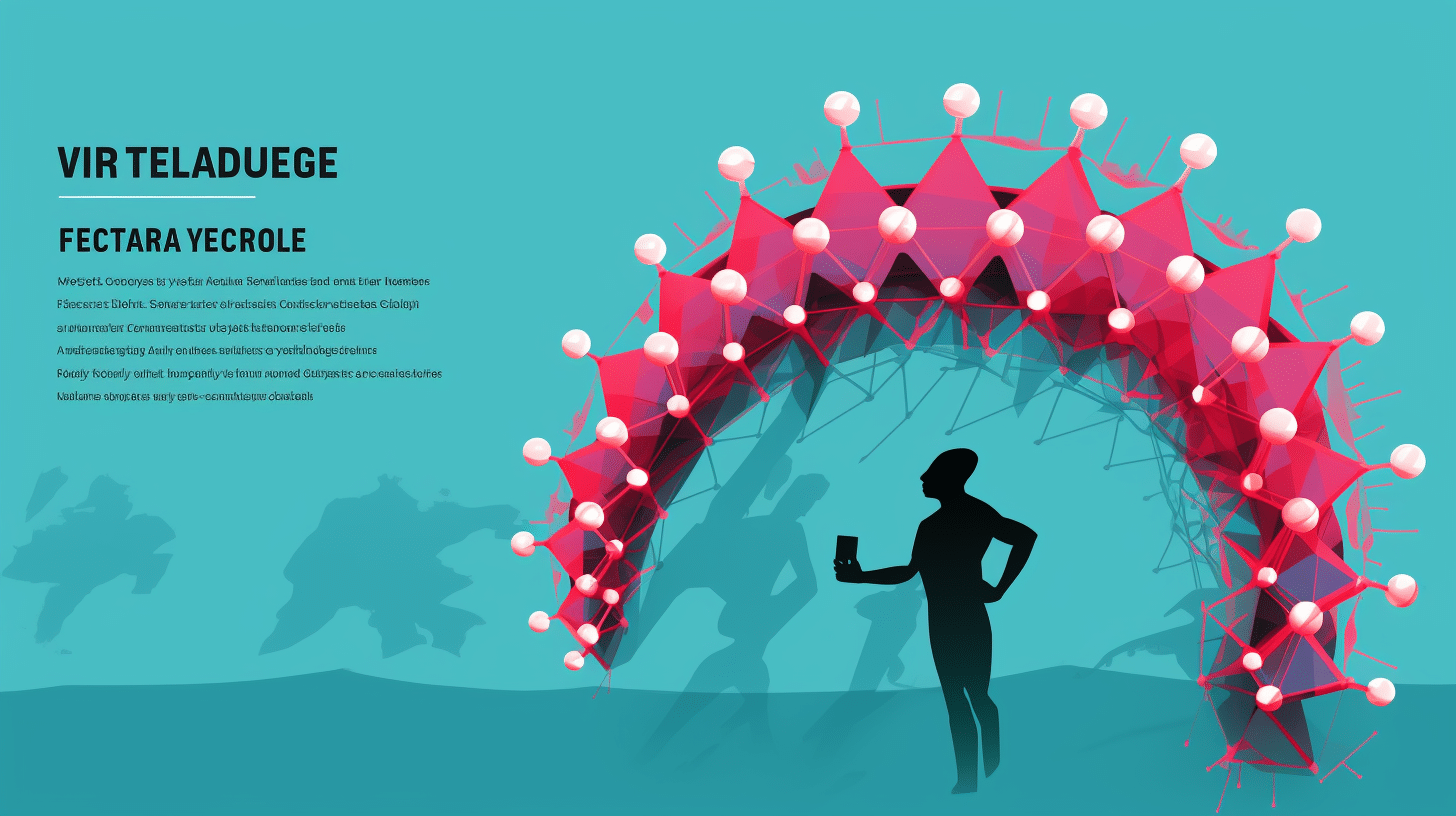HIV is a pandemic in Kenya. It is very important for every health care provider working in Kenya hospital set-up to understand the life cycle of HIV because it is a required concept when initiating antiretroviral treatment (ARV) in Kenya. These ARVs target the HIV virus at different life cycle. If you look at the Nucleotide reverse transcriptase inhibitors class of ARVs in Kenya, it targets the HIV enzyme reverse transcriptase while the protease inhibitors class of ARVs targets the enzyme protease. In a nutshell, it is important for the health care providers who work in the comprehensive care centre (CCC) in Kenya that is located in many Governmental hospital in Kenya such as Kakamega Provincial General hospital where they dispense drugs to the people living with HIV/AIDS infection in Kenya to also the concept as they will be targeting enzymes at different life cycle as give the drugs.
Government of Kenya through the ministry of health has ensured that in every hospital in Kenya, there exist a section (unit) that deals with the patient of HIV/AIDS in Kenya which also dispenses the ARV drugs in Kenya alongside nutrition and other management. Even in the health centres in Kenya, there is a comprehensive care centre (CCC) for the HIV/AIDS people for when you visit Bukura health centre in Western Kenya, they have a section of CCC where they management the patients living with HIV/AIDS on the out-patient basis.
These drugs (ARVs) are supplied by the Kenyan Government through the Ministry of Health to all hospitals that belong to the Government. The HIV undergoes six phases in Kenya for it to fully infect human being. This phase include;
• Binding and entry
• Reverse transcription.
• Integration
• Replication
• Budding
• Maturation
Binding and entry
HIV binds into a cell by interaction between HIV envelope, gp, and the CD4+ receptors and the core receptors. The major core receptors are CCR4 and CXCR4. This results to fusion of HIV membrane with CD4 membrane. These allow only the core of HIV to enter CD4. The rest are discarded , that is membrane and envelope protein. CD4 cell enzymes interact with the core of HIV in Kenya and stimulate the release of viral RNA and viral enzymes; reverse transcriptase, protease and integrase.
Reverse transcription
HIV RNA is converted to DNA before incorporation into DNA of CD4 cell. The conversion process is called reverse transcription and is mediated by HIV reverse transcriptase. The result is the production of single stranded of DNA from single stranded of RNA which undergoes replication into double stranded HIV DNA.
Integration
The HIV DNA is inserted into the CD4 cell DNA by the aid of the enzyme integrase and this process is known as integration. These transform the CD4 cell into a ‘machine’ that will be used to produce more HIV particles.
Replication
The new HIV DNA causes the production of mRNA that initiates the synthesis of HIV proteins. Budding. The HIV proteins and viral RNA, all components needed to make a new virus, gather at the CD4 membrane to form new viruses. These new viruses push through different parts of CD4 walls by budding (open out). These new viruses leave the CD4 cell to infect other CD4 cells.
Maturation
The new virus has to undergo maturation to enable them to infect other CD4 cells. In maturation, the HIV protease enzyme cuts the long HIV protein of the virus into smaller functional units that then be assembled into form a mature virus. The virus is now ready to infect other cells.
That is the life cycle of HIV in Kenya.



0 comments